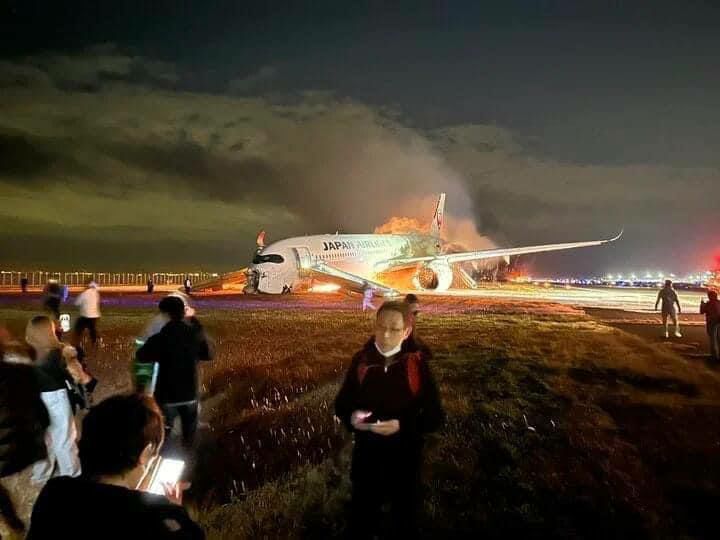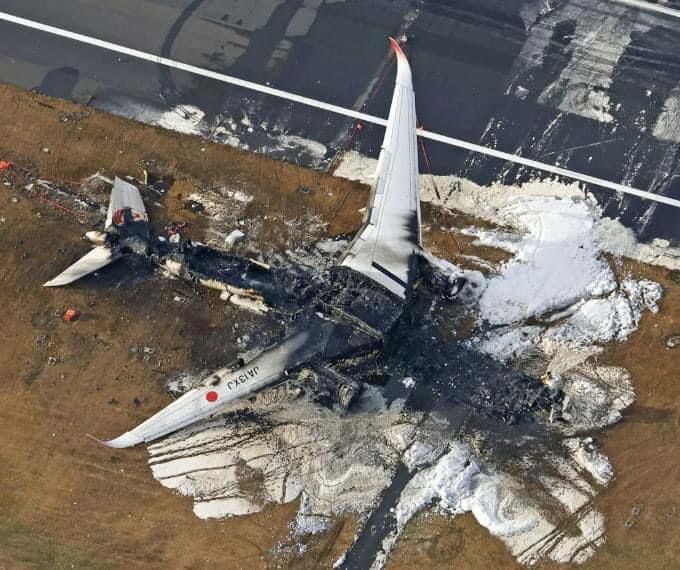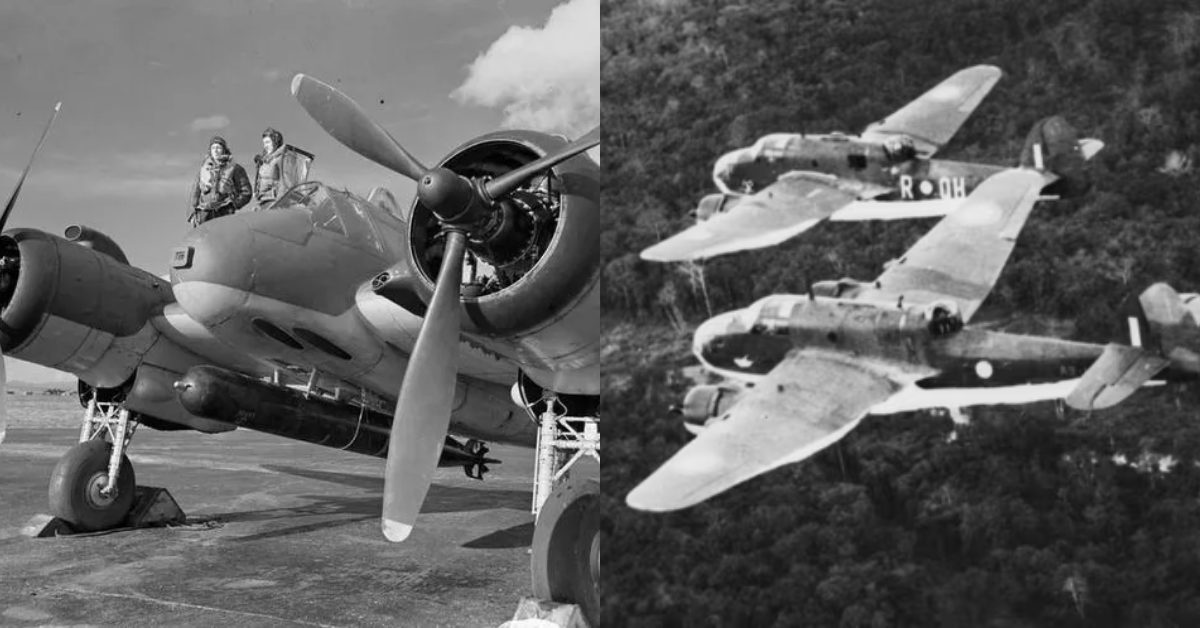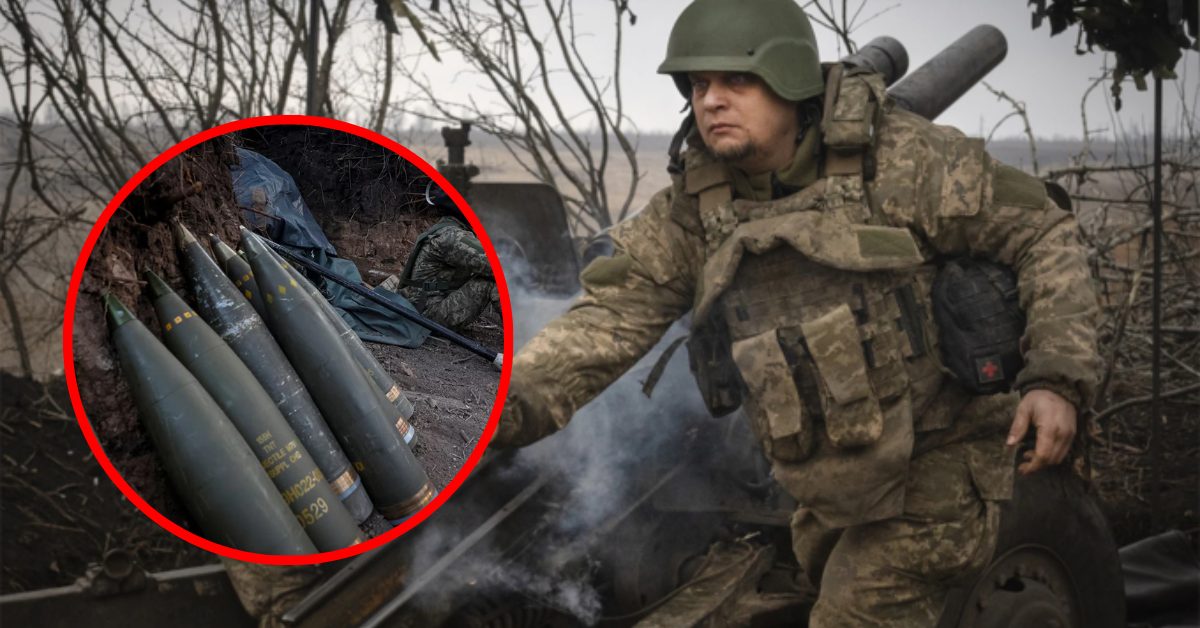A fiery explosion occurred after Japan Airlines Flight 516 collided with a Japanese Coast Guard aircraft while landing, in a startling occurrence that happened at Haneda Airport close to Tokyo Bay. The terrifying incident was caught on camera from inside the aircraft and showed a strange orange glow outside the windows while flight attendants frantically told passengers to get out of there.

Tetsuo Saito, Japan’s minister of transportation, acknowledged that the flight crew performed an amazing evacuation despite the severity of the crisis, guaranteeing the safety of all 367 passengers and 12 crew members. Prime Minister Fumio Kishida, however, stated that five Coast Guard men who were traveling to help with earthquake relief operations in Western Japan were killed in the unfortunate tragedy.

As Mr. Saito said at a news briefing, the specifics surrounding the accident’s primary cause are yet unknown. In-depth investigations will be carried out by the nation’s transport safety board and other organizations to ascertain the series of events that culminated in the accident and the ensuing fire.

When the jet landed, a flame was seen slicing across the tarmac on NHK video footage. Some of the passengers, including Swedish teenager Anton Deibe, 17, spoke of a disorganized and terrifying encounter. As the cabin began to fill with smoke, the passengers quickly opened the emergency doors and used the slides to escape.
According to Japan Airlines, the Coast Guard’s fixed-wing MA722 and their own Airbus A350-900 were both involved in the accident and ensuing fire. The crew successfully led passengers to safety during the evacuation despite the aircraft’s announcement system failing. They did this by using a megaphone and their voices.

Firefighters battled flames pouring out of the burning aircraft as live footage after 6 p.m. showed the intensity of the situation. The successful evacuation under extreme pressure drew praise from experts, with Ed Galea, a professor and director of the Fire Safety Engineering Group at the University of Greenwich, calling it a “miraculous job.”

The nose gear collapse upon landing added an extra layer of complexity, yet passengers were evacuated through multiple exits, showcasing the effectiveness of the crew’s training. Japan Airlines crews are trained to evacuate all passengers within 90 seconds, and in this instance, they confirmed the evacuation completion by 6:05 p.m.

Trisha Ferguson, CEO of the Interaction Group, commended the passengers and crew for their cooperation, emphasizing the crucial role played by both in ensuring a successful evacuation. The incident underscores the importance of passenger education in emergency situations, as well as the significance of swift and decisive crew actions.

Despite the devastation, Japan Airlines received accolades for its commitment to safety, with aviation analyst Alex Macheras highlighting the airline’s reputation as a leader in the industry. As investigations unfold, the aviation community reflects on the tragedy, expressing condolences for the lives lost and admiration for the collective efforts that averted further catastrophe.






